As a former Art Producer, I have always been drawn to personal projects because they are the sole vision of the photographer and not an extension of an art director, photo editor, or graphic designer. This new column, “The Art of the Personal Project” will feature the personal projects of photographers using the Yodelist marketing database. You can read their blog at http://yodelist.wordpress.com. Projects are discovered online and submissions are not accepted.
Today’s featured photographer is: Slav Zatoka
How long have you been shooting?
13 years professionally. I started shooting theater productions at the age 16, though.
Are you self-taught or photography school taught?
Self thought.
With this particular project, what was your inspiration to shoot it?
In 2010 I had a big healthcare job. Together with my wife were shooting 24 health clinics in Los Angeles area. One day after we finished shooting at a health center in La Habra and we were taking our lunch break before the next location, we saw this old church with a sign that said “La Habra Boxing Club” above the main entrance. I walked in and saw a really old school gym with a mix of local Latino fighters, some young guys and a heavy weight scary looking boxer talking to an older gentleman with glasses and a baseball cap. That was David Martinez. We talked for 20 minutes. It turned out we shared some friends from the health clinic nearby. The place had character and it was free. Anybody who obeyed the rules and was determined to work hard could join the gym. Everyone was super friendly. Barry White music and boxing timer chimes set the pace. The place looked very interesting and it did look like a church, with boxing ring placed right where there might have been an altar. I must say here that my house happens to be in a very sterile and predictable environment of an LA suburb, the home of Mickey, Orange County, so I was drawn to this place immediately. LA Habra is a regular Latino neighborhood Orange County housewives and their Hollywood cut husbands like to avoid. That made it even more attractive. I asked David if I could come back to take some stills and he welcomed that idea with a broad smile. LA Habra Boxing Club is known to have been very welcoming to visual artists and it regularly hosts students from Sports Shooters Academy for workshops. I did not come back to the gym until 2 years later.
How many years have you been shooting this project before you decided to present it?
2 years
How long do you spend on a personal project before deciding if it is working?
It’s really hard to say. With this particular one I had the comfort of having access to it locally so there was a big chance I could come back to it, and potentially develop it up to a point where I would honestly say it is unique enough and tells a compelling story. After initial bliss and numerous ideas of boxer portrait series I left it on the back burner for two years. Boxing gyms and boxers are one of the most “exploited” subjects in photography and filmmaking. Boxing has been photographed and filmed from all the possible angles: sport, drama, social aspect, form. Who wants to create cliché work and recreate things that have already been shown, photographed? I needed a situation. In the words of Billy Wilder: “An actor entering through the door, you’ve got nothing. But if he enters through the window, you’ve got a situation. I knew I had to at least make an effort to make it worthwhile. Personal projects should have deadlines and budgets just like commercial but I feel like the notions of time and patience are used and explored entirely different when you work on your own, individual project.
When an opportunity came to test Nikon’s new DSLR I signed up for NPS consignment to test it and possibly use it as an opportunity to create some attractive visuals that could at least get me some exposure by being published on blogs testing new gear. I also had a clear reason to come back to the gym. David recognized me right away and since I was looking for one boxer to follow for a week or so, he suggested someone who happened to be training for their first professional fight. This is how I met Nadja, the only girl in the gym. After one visit to the gym shooting stills with Nadja I started exploring the camera’s video features. I was not entirely new to video. I have done independent film projects before and explored DSLR video in theory at PDN’s workshops in NYC and in practice when I was in Japan in 2011 (Sunflowers in Fukushima) I watched Nadja practice for 2 days and we also talked about her career, work, and just chatted during her breaks. I came back again to record more video and a short interview. At that point I realized that I can potentially continue this project for a while and tell the story of the beginning of her professional career. Nadja was natural in front of the camera and the interviews went well, too. At that point I asked her if I can follow her for a little while and if it was OK for me to hang out at the gym and record her while she practices. I felt I needed to explain that in order for this to be something good she needs to trust me to let me be around her for a little longer than Sports Shooter Academy student on a workshop. Sooner then later you are going to have to face budget issues. It’s hard to justify the time spent on a personal project when you have ongoing commercial work and young family let alone the cost of a video production.
I rented 2 different cameras from lensrentals.com Sony NEX700 for its slow motion capability and Canon C100 for its portability and price. I knew that this was going to be a one-man orchestra show so I decided to shoot everything handheld. There was always only one camera. The sound was either reordered on camera-mounted shotgun or on separate sound recording days. The end of 2012 was a breakthrough for me because that was the year I closed my main street studio and decided to go mobile. Instead of paying rent and started paying off my Sprinter production vehicle. The van was well equipped to handle still photography from day one. I also had a set of Arri lights with from my portrait studio so this was a good opportunity to test in real life. Half way trough filming Fighter’s Room I got a commercial job that was going to pay for a video camera that was needed as part of the production. Renting Sony and Canon several times to shoot the documentary actually gave me a real life opportunity to make a sound decision on which camera to buy eventually for my commercial work. I was finishing Fighter’s Room on my own C100 after it was paid off by commercial healthcare projects. Still I was my own director, cinematographer, focus puller, sound recordist, grip, gaffer, colorist (Film Convert came handy) and then eventually the editor, the most important person in documentary filmmaking.
There were breakthrough moments in the project. Recording a lot of slow-motion really made the trainer happy I was around. He could use it to analyze Nadja’s technique. Nadja was very comfortable with me around and I think that is what made David “appoint” me the third person on the ring on the day of her debut. I also visited Nadja’s home. Met her family. Generally I felt like the whole process was getting a shape. The fact that Jack Reiss was the referee that night was a huge bonus. His name is recognized worldwide and his Brooklyn accent give an extra flavor to the documentary. I was getting a lot of good footage and started working on the editing. That was the biggest challenges of all. It is also where documentary film happens. In a documentary the editor is the director and this is where the story is told. I also did not know how important the sound is. My neighbor is NBC editor, award winning and with years of experience. He helped me with a project I did for Isaiah House in 2006. This time he told me to do it myself and I am thankful for that. I learned a lot in editing this short. He also told me at an early stage that my sound sucks. This made me rerecord some parts and remix as well as reedit the entire soundtrack. It took two weeks. Today I could do it in 2 days. The experience is priceless.
The initial cut was 30 min and had copyrighted music I had no license for. I recorded new music with a friend and a pianist from Phoenix. On the top of two main themes on piano we recorded Jack Reiss’s theme using Logic Pro. Recording that final theme changed the way I edited the scene with Jack Reiss briefing boxers before the fight. It’s not unusual I leaned later, for the editors to finally fly with the project when the score is added to the footage. I also learned that the first music that comes to your head and the music you have in mind when filming might not be the best choice. The whole project was self funded not to exceed $5000. I came below that and most of the cost was promotion and festival fees. I did not hire anyone for this film. We rented a sound recording studio with Jennifer Waleczek for a day at 1h cost thanks to a friend. I had to do the final sound mixing myself. The rest was camera rentals, a set of microphones. Additionally I paid to create CC and subtitles in Amara.org. Last week of December the movie went on Vimeo On Demand and is available for rent or download: https://vimeo.com/ondemand/fightersroom. For aPhotoEditor readers it’s available for rent for free for the next two weeks, CODE: aPhotoEditor. 100% of the proceeds from Vimeo on demand go to Jennifer Waleczek, the music composer who is fighting breast cancer.
Since shooting for your portfolio is different from personal work, how do you feel when the work is different?
My portfolio consists mostly of carefully produced images of architecture, healthcare and lifestyle. By showing my personal work I am showing my clients my other side. It’s less commercial. It’s raw and more journalistic. I want to show my clients not only the images I make and also the images I take. All of my personal projects, except for Woodstock Poland were long time projects.
This was a huge step forward for me. From the initial temptation of creating just a Vimeo.com boxing slowmo to self producing a documentary short that made it to 5 different film festivals and received Best Documentary Short Award at Los Angeles Movie Awards it was a very different. Transitioning from still photographer to cinematographer was really a dream come true. So far it was the biggest personal undertaking and the one I most proud of.
Have you ever posted your personal work on social media venues such as Reddit, Tumblr, Instagram or Facebook?
Yes, Fighters’ Room has its own tumblr and facebook pages. I also use Instagram.
If so, has the work ever gone viral and possibly with great press?
Definitely not viral but I found out that twitter is a really powerful tool to get a message across. I am connecting to someone new from the film industry every day. I feel like it is a social tool for filmmakers. I also have to say New Filmmakers LA is one of the best-organized film festivals as far as social media and press is concerned. Movie Maker Magazine pairs with them promoting new films.
Have you printed your personal projects for your marketing to reach potential clients?
No, not yet. At least not to my existing line of clients. Although, like I said, I spent most of my budget on promoting the short at film at festivals and the echoes of these screenings are already coming back to me. My existing clients can access the video directly from my site. Some of them attended my premiere at American Documentary Film Festival in Palm Springs and they loved it. I know they definitely like the fact I stay creative and constantly push myself outside of my comfort zone.
————–
Born in Poland (1973), graduated with a degree in English. Began photographing at the age of 15, publishing first photos before he was 17. After moving to the US in 2002, among many other activities Slav continued to work as a photographer and began exploring documentary filmmaking completing a short about Isaiah House as a side project to portrait photography series of the homeless in Santa Ana. Later on Slav photographed and filmed post Katrina New Orleans and 2011 Tohuku disaster in Japan. Slav also served and worked at the Polish Center in Yorba Linda, where apart from his duties he started Movie Nights that ran continuously for 2 years. In 2006 he founded Slav Zatoka Images and began photographing architecture, healthcare and portraiture commercially while running a portrait studio in Orange with his wife, Today Slav continues to grow as a commercial photographer and also operates a small production company called Silverstudio.pro. Some of his awards include 2008 Hasselblad Portrait Award, 2012 PDN First Place in Music Moment of The Year, 2014 Best Documentary Short at LA Movie Awards. “Fighter’s Room” is his first independently produced documentary. He lives with his wife and two children in Orange County.
APE contributor Suzanne Sease currently works as a consultant for photographers and illustrators around the world. She has been involved in the photography and illustration industry since the mid 80s, after establishing the art buying department at The Martin Agency then working for Kaplan-Thaler, Capital One, Best Buy and numerous smaller agencies and companies. She has a new Twitter feed with helpful marketing information believing that marketing should be driven by a brand and not specialty. Follow her on twitter at SuzanneSease.
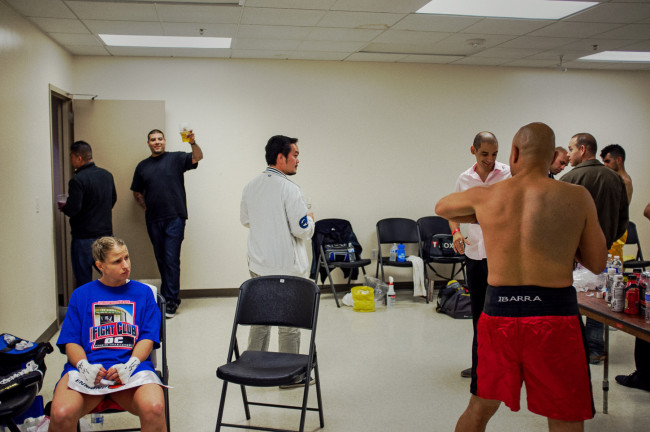
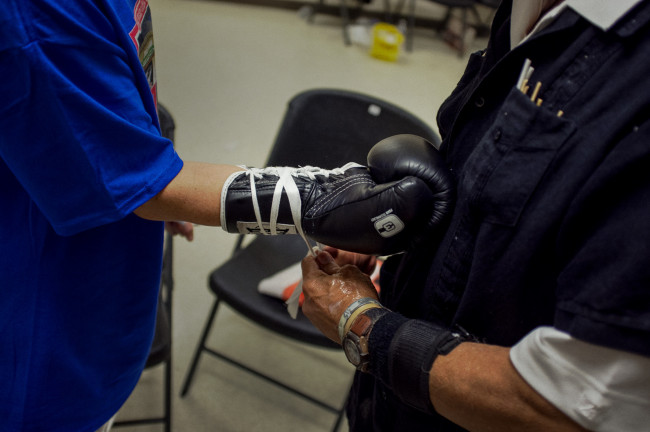
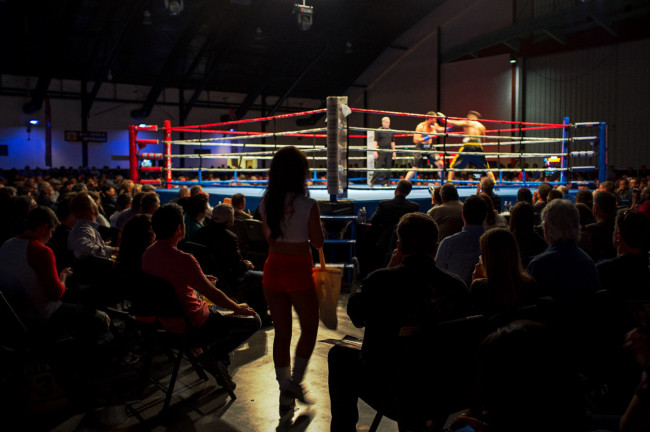
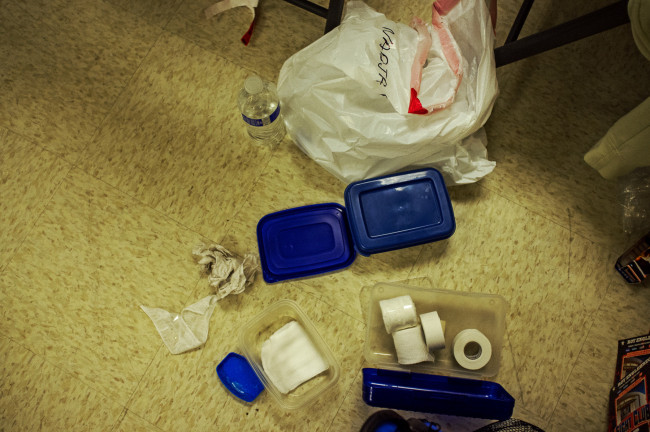
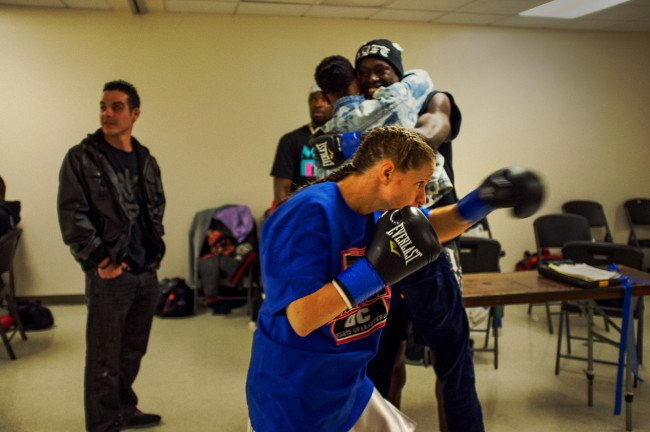
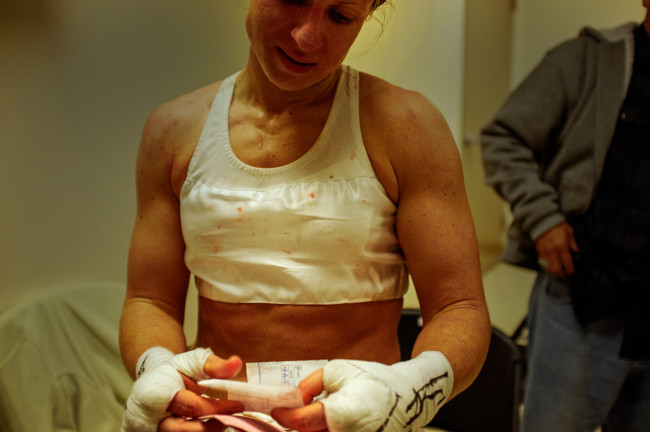
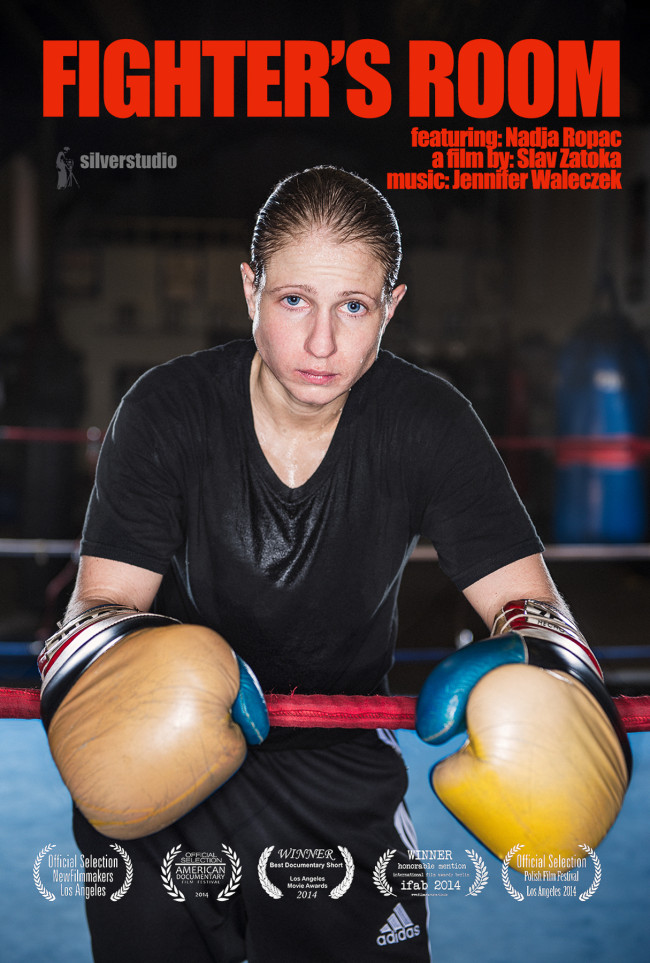



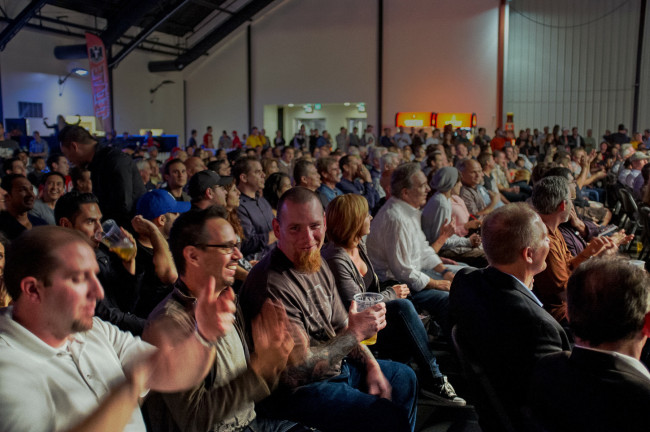
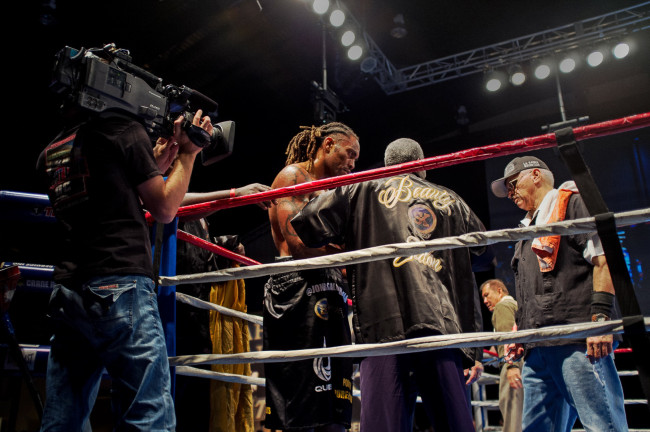
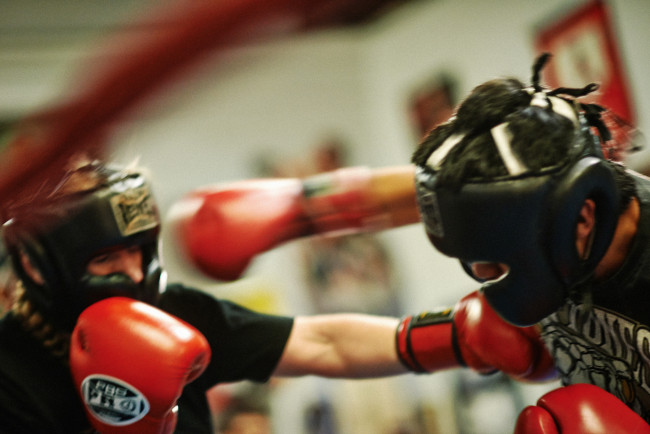

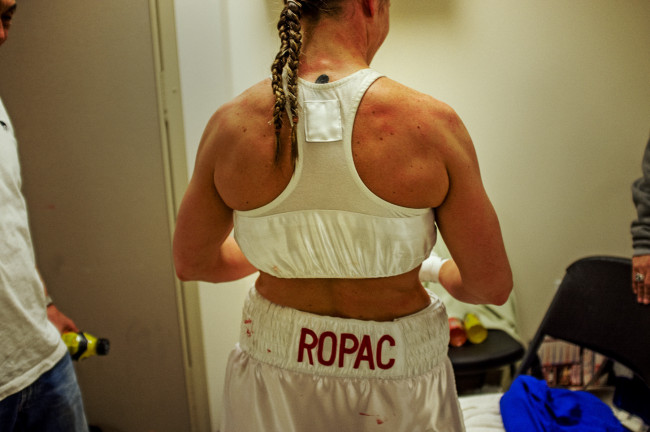
1 Comment
[…] The Art of the Personal Project: Slav Zatoka […]
Comments are closed for this article!